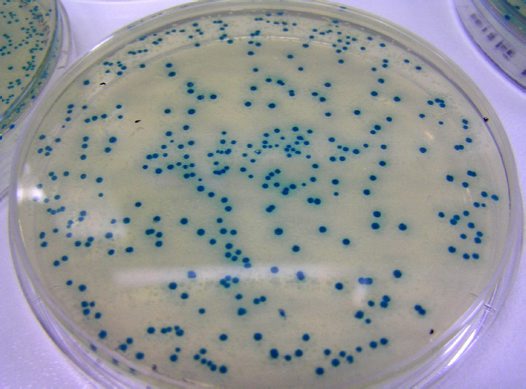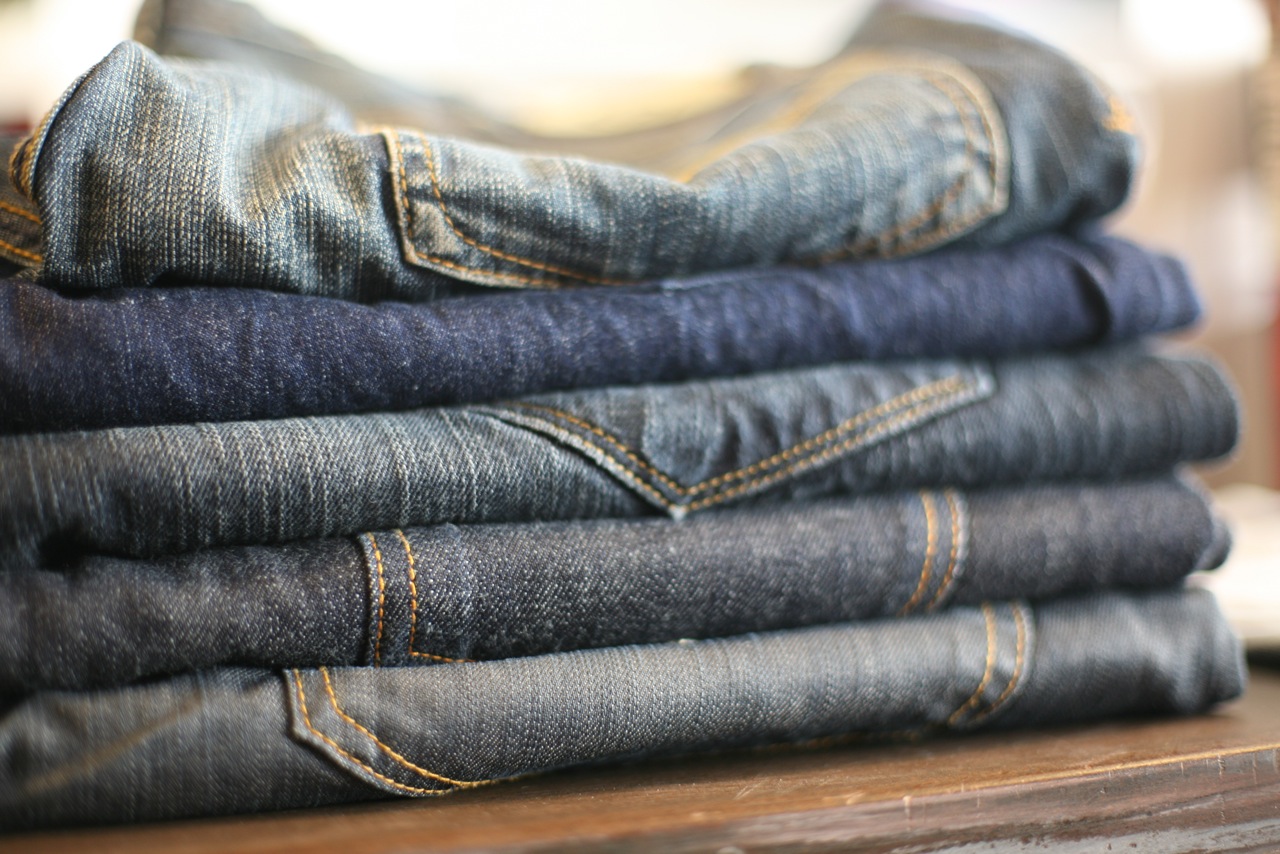Synthetic biology, indigo is your color.
Color is at the heart of our project here at Revolution Bio. Color makes things brighter, more fun, and more engaging. Color can also become a rallying point for people interested in building a common cause.
The field of synthetic biology is fractured at the moment, with competing definitions and widely varied goals. We need a symbol that’s accessible and meaningful, one that welcomes people interested in the field and provides an umbrella for future discussions. A color with a story might be the place to start.
Given that synthetic biology takes inspiration from nature and engineers beyond it, I think indigo might be the right color for this new field. Indigo is a deep blue dye originally derived from Indigofera plants – huge quantities of plants, as it makes up only about 0.5% of the plant leaf. However, you cannot extract indigo directly from plants, only the colorless, water-soluble precursor, indican. Indican must first hydrolyze to indoxyl, and then oxidize to become the molecule indigo. A variant of this molecular reaction is what turns your colonies blue when you do a blue-white screen during cloning.

Being a striking and vibrant dye, indigo is in high demand. In the 19th century, demand drove intensive cultivation of Indigofera plants and contributed to the slave trade in India and the Americas. But even this dehumanizing, industrial production could not satisfy the demand for ‘blue gold.’ And so researchers began to look for ways to make synthetic indigo. Some limited progress was made through the 1800s towards a synthetic indigo, but it wasn’t until 1901 that the first industrially relevant process was put into use. Later that century, affordable synthetic indigo made blue fabric (and blue jeans) ubiquitous.

The investigation into the best way to make synthetic indigo and indigo dyes is ongoing. It is challenging – indigo is not water soluble, and harsh chemical conversions are required to manufacture indoxyl and set the dye. Synthetic indigo manufacturing yields a product ten times cheaper than the natural plant based extractions. However, the natural dyes are still sought after though, for high-end fabric and cosmetic applications.
The indigo arc- from a rare natural ingredient, through massive industrial production, to a renewed search for a better solution- is a common one, and I believe synthetic biology has a role to play in finding a better solution. Using engineering principles in combination with biological components to understand and improve the biochemical pathways in Indigofera we may be able to come full circle on indigo, developing an all-natural production platform that meets the global demand. Inspired by nature, engineered by people? Sounds like synthetic biology to me.
What do you think? Does synthetic biology look good in indigo?
